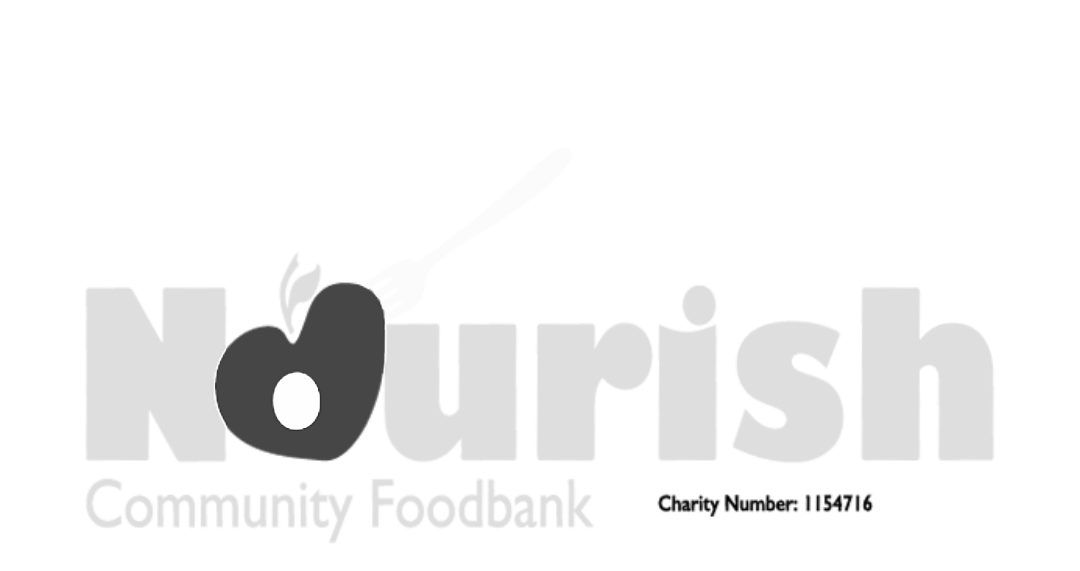Companies and cars – business mileage
The downside is that you now have to record your business miles. I have a book in the car and record all my business journeys by noting the starting and finishing miles on the clock; yes, I know – I need to get out more! For those less in need of a life, google is a wonderful thing. You can plot your business journeys and it will tell you how many miles are involved. See, there’s no excuse for not measuring your business miles and claim your full 45 pence per mile!
Fabulous, just about to change into sixth gear and pull onto the overtaking lane. But then the brakes are applied when someone mentions that three lettered acronym . . . . VAT!!! Claiming this 45 pence per mile is all very well but what if you are VAT registered, can you reclaim the VAT? The good news is the answer is yes, but this is where it gets a bit complicated so it may not be time to put cruise control on just yet.
The portion of the 45/25 pence mileage rate that is for fuel is deemed to be those HMRC published advisory fuel rates on which you can claim back VAT. That’s a good start but how does that work?
So, lets take an example – if the car we owned had a 1400cc petrol engine, the fuel portion of the 45/25 mileage rate is 13 pence per mile (December 2014):
13 pence per mile represents 120% (100% plus 20% VAT) – no falling asleep at the wheel now!
Therefore 20/120 multiplied by the 13p is 2.2 pence per mile. So for each mile that you incur for business, you can claim back 2.2p in VAT.
There is one caveat, which is that you will need to show HMRC on request VAT receipts that have enough VAT on them to cover the claim. I know that sounds pedantic but considering all service stations are VAT registered it really doesn’t take much to ask for a VAT receipt when paying for your fuel.
So if 1000 miles is claimed in the VAT period, the total value on the receipts must be as follows:
The VAT reclaim will be 2.2p x 1000 = £22 and the fuel receipts should total £147.
With the right procedures in place it is possible to take every tax advantage of using your own car for business, even when that business is VAT registered. However, if these calculations have sent you into a near state of road rage there is one more option to consider – leasing! Could leasing a vehicle provide hassle free business miles or is it going to be another call out to the AA?!
So, in my last article in this series we’ll take a pit stop and look at the whole issue of leasing, will it lead you onto the motorway of hassle free business motoring or just give you another flat tyre . . .









